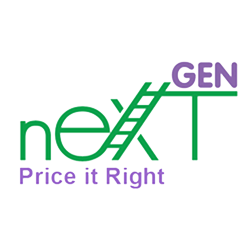The online resale of children’s apparel continues to grow and draw business away from brick-and-mortar children’s resale shops. But here’s the good news: the online resale of children’s baby gear ( strollers, bassinets, pack n Plays…) and toy’s does not. Herein lies a key to the survival and growth of Children’s resale shops today: the reselling of toys and baby gear.
Unlike apparel and footwear, the packaging and shipping time and expense associated with the online sale of toys and gear is generally too high to manage profitably. While there are some local online options, (e.g. Craigslist and social media trading groups), the unknown-stranger dimension of Craigslist buying and selling is a fear for many mom’s, and the reach of the trading groups is limited.
And while gently worn apparel and footwear is certainly a draw to value-conscious mom’s and grandmom’s, add toys and equipment to the mix and expect to see more Dad’s, Granddads and children. Indeed, given that the demand for resale baby gear generally exceeds supply, a number of children’s stores supported by NextGen do well renting baby gear as well.
Starting or growing your offering of toys and baby gear is well worth considering to cement your place in the dynamic world of children’s resale.

